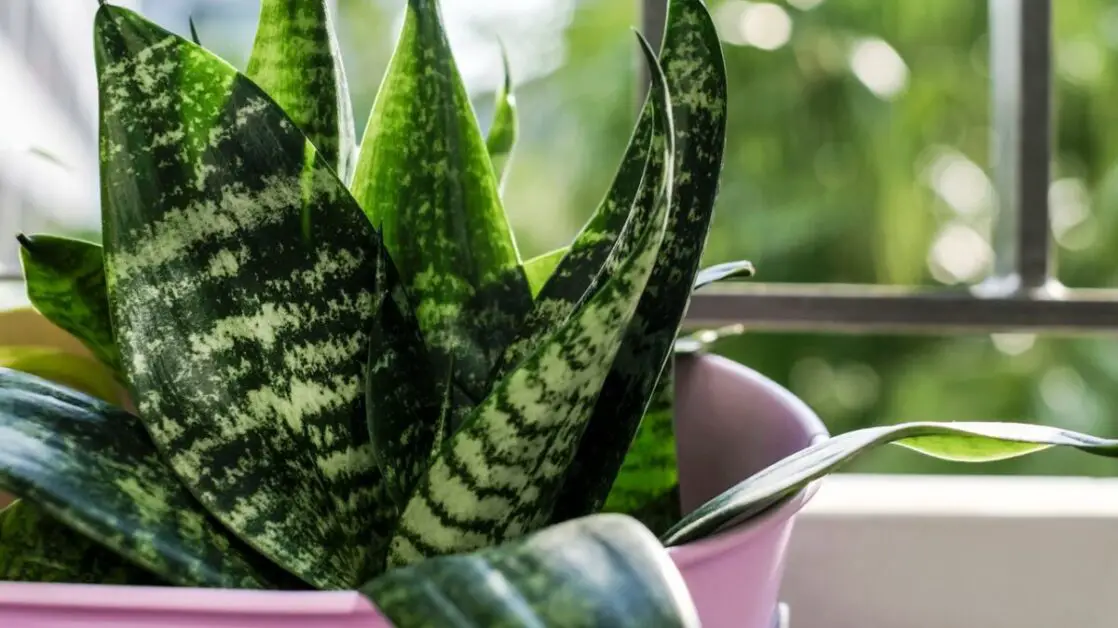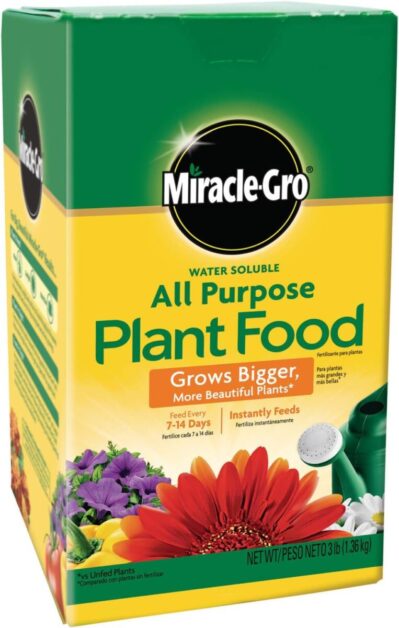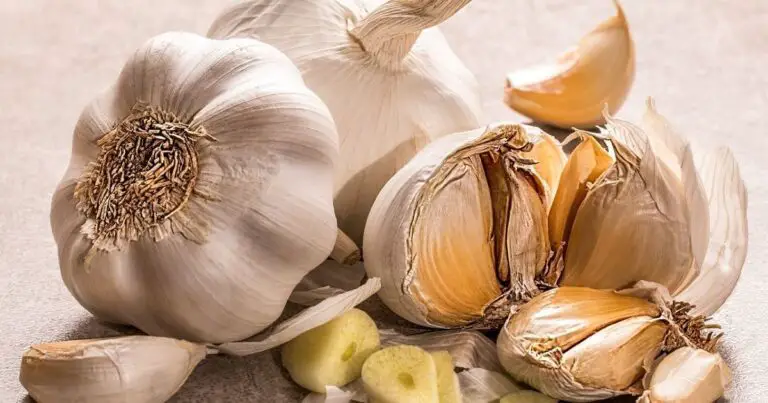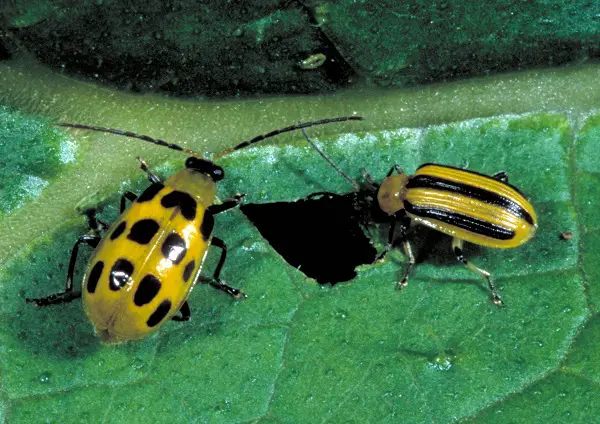The Ultimate Guide to Snake Plant Maintenance
Did you know that snake plants are one of the most popular houseplants in the US? They’re easy to care for, purify the air, and can even help you sleep better! But, like any plant, they need proper maintenance to thrive.
That’s why we’ve created the ultimate guide to snake plant maintenance, perfect for both new and experienced plant parents. Our guide is written by a professional writer with extensive experience in horticulture and a passion for sharing knowledge.
Our guide is based on the latest research and best practices, ensuring you have the most accurate and up-to-date information. With our guide, you’ll have the knowledge and confidence to keep your snake plant healthy and thriving for years to come.
So, whether you’re a seasoned plant collector or just starting out, our ultimate guide to snake plant maintenance is the perfect resource for you. Let’s get started!
Table of Contents
Snake Plant Watering Guide:
Proper watering is crucial for the health of snake plants (also known as Sansevieria). These hardy plants are well-suited for low-maintenance gardening, but getting the watering right is essential. Here are some guidelines to help you care for your snake plant:

- Frequency of Watering:
- Allow the top inch of soil to dry out completely before watering again. Snake plants prefer slightly dry conditions, so avoid keeping the soil constantly wet.
- Check the soil moisture by inserting your finger into the soil. If it feels dry at the top, it’s time to water.
- During the growing season (spring and summer), water approximately once every 2-4 weeks. In winter, reduce watering frequency to once a month or less.
- Watering Technique:
- Water the soil directly, avoiding the leaves and center of the plant. Aim for the soil around the base.
- Use room-temperature water to prevent shock to the roots.
- Ensure proper drainage by using a well-draining potting mix and a pot with drainage holes.
- Preventing Overwatering:
- Overwatering is a common issue with snake plants. To prevent it:
- Allow excess water to drain out of the pot.
- Empty the saucer under the pot after watering to avoid waterlogged soil.
- If the leaves turn yellow or mushy, it’s a sign of overwatering.
- Overwatering is a common issue with snake plants. To prevent it:
- Preventing Underwatering:
- While snake plants are drought-tolerant, extreme neglect can harm them. Signs of underwatering include:
- Wrinkled or shriveled leaves.
- Slow growth.
- Dry, brittle leaves.
- Adjust your watering schedule if you notice these signs.
- While snake plants are drought-tolerant, extreme neglect can harm them. Signs of underwatering include:
The following table explain watering techniques for snake plants:
| Watering Aspect | Recommendations | Quantitative Guidelines |
|---|---|---|
| 1. Frequency | – Water every 2-4 weeks, allowing soil to dry between waterings. | – Water every 14-28 days. |
| – Adjust frequency based on environmental conditions and season. | – Adapt to specific conditions. | |
| 2. Water Quantity | – Provide a thorough watering, allowing water to drain freely. | – Apply 1-1.5 cups of water per plant. |
| – Ensure soil moisture reaches the root zone during each watering. | – Adjust based on pot size and soil type. | |
| 3. Soil Moisture Check | – Use the “finger test” to check soil moisture before watering. | – Insert finger 2 inches into soil; water if dry. |
| – Monitor plant response to gauge watering needs effectively. | – Observe signs of underwatering or overwatering. | |
| 4. Watering Techniques | – Apply water directly to the soil, avoiding foliage contact. | – Use a watering can or targeted hose nozzle. |
| – Allow excess water to drain, preventing waterlogged soil. | – Ensure adequate drainage in pots. | |
| 5. Preventing Overwatering | – Ensure pots have drainage holes to prevent water accumulation. | – Use well-draining potting mix. |
| – Adjust watering frequency during dormant periods. | – Reduce frequency to every 4-6 weeks. | |
| 6. Preventing Underwatering | – Monitor plant for signs of dehydration, such as drooping leaves. | – Adjust watering frequency if signs appear. |
| – Increase frequency during active growth phases. | – Water every 10-14 days if signs of dehydration. |
Remember, snake plants are forgiving, so a little underwatering is better than overwatering. Keep an eye on the soil moisture and adjust your watering routine accordingly. Happy gardening! 🌿🌱
Having delved into “Snake Plant: Unlocking the Secrets of the Desert,” I found it to be an invaluable resource for both novice and experienced plant enthusiasts. The comprehensive guide offers practical tips and detailed insights into caring for snake plants, including watering techniques, light requirements, and pest management strategies. With beautiful photography enhancing the reading experience, this book is a must-have for anyone looking to cultivate healthy and thriving snake plants in their home or garden.
- Beginner-Friendly Guide: “Snake Plant: Unlocking the Secrets of the Desert” offers comprehensive information suitable for beginners, helping them understand and care for snake plants effectively.
- Practical Tips: The book provides practical tips and techniques for maintaining snake plants, including watering schedules, light requirements, and pest management strategies.
- Detailed Insights: Readers can gain valuable insights into the unique characteristics of snake plants, such as their resilience to low light and minimal watering needs.
- Beautiful Photography: The book likely features stunning photography of various snake plant varieties, enhancing the reading experience and inspiring plant enthusiasts.
- Comprehensive Coverage: It covers a wide range of topics related to snake plant care, from propagation methods to troubleshooting common issues, making it a valuable resource for both novice and experienced plant owners.
- Limited Availability: Depending on the seller, the book may not be readily available in all regions or may be out of stock, limiting access for some individuals.
- Price: As with many specialized plant care books, “Snake Plant: Unlocking the Secrets of the Desert” may be priced higher than general gardening books, potentially deterring budget-conscious buyers.
- Specific Focus: While beneficial for snake plant enthusiasts, the book’s narrow focus on one plant species may not appeal to readers seeking broader gardening knowledge or advice on different types of houseplants.
Snake Plant Soil and Potting Techniques
Snake plants, also known as Sansevieria, are renowned for their hardiness and ability to thrive in various conditions. To ensure optimal growth and drainage for these resilient plants, it’s crucial to select the right type of soil and employ proper potting techniques.
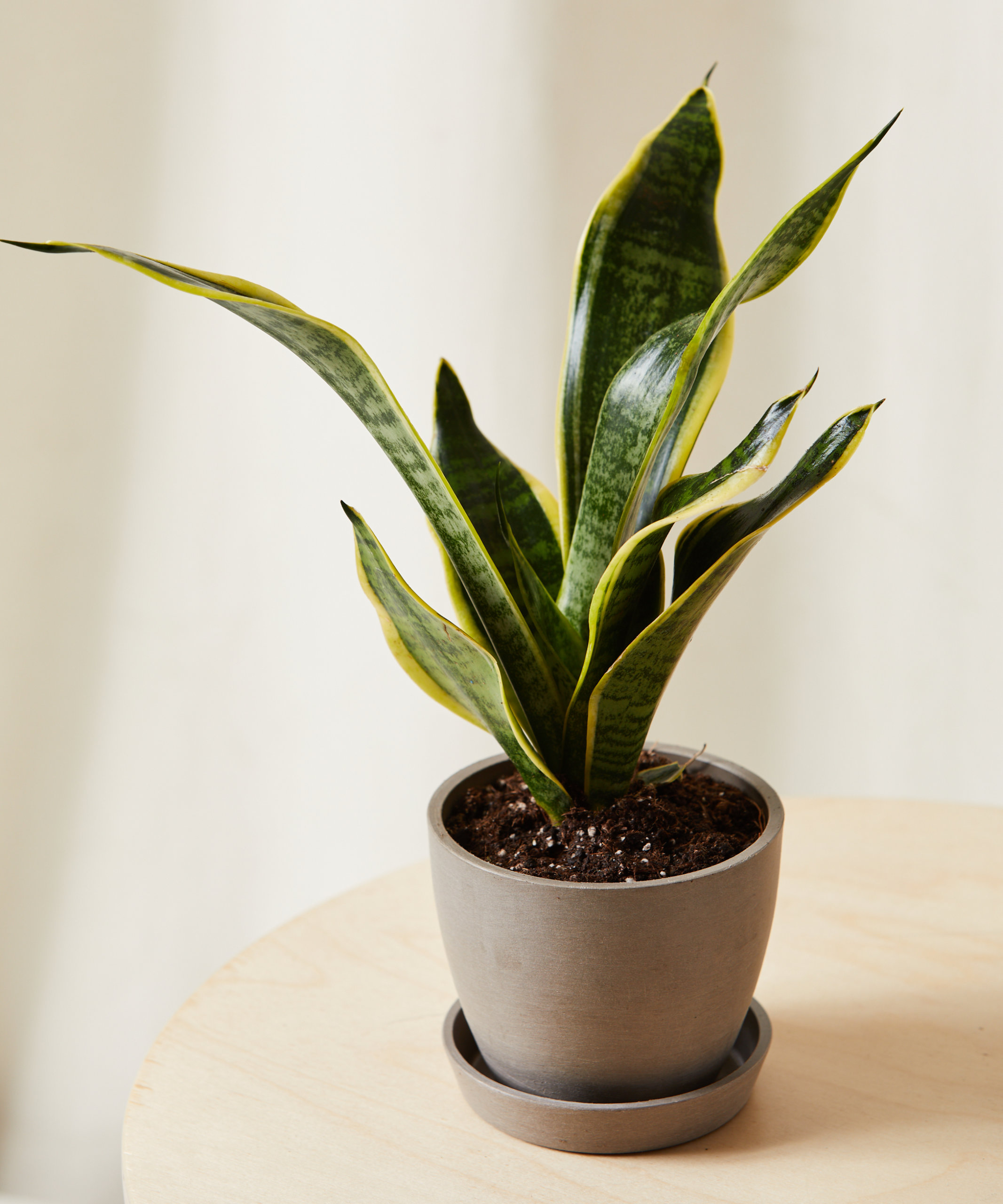
1. Soil Composition:
Snake plants prefer well-draining soil that allows excess water to escape easily, preventing root rot. A recommended soil mix includes:
- Succulent or cactus potting mix: These mixes are designed to provide excellent drainage, crucial for snake plants.
- Perlite or coarse sand: Adding perlite or sand helps improve soil aeration and drainage, preventing waterlogging.
- Organic matter: Incorporating organic matter like compost or peat moss enhances soil structure and nutrient retention. Avoid heavy soils or those with high clay content, as they can retain too much moisture, leading to root rot.
2. Pot Selection:
Choosing the right pot is essential for snake plants’ growth and health. Consider the following factors when selecting a pot:
- Size: Opt for a pot that allows for sufficient root growth. Snake plants prefer slightly snug pots, as overly large containers can retain excess moisture.
- Drainage Holes: Ensure the pot has drainage holes at the bottom to facilitate water drainage and prevent waterlogging.
- Material: Porous materials like terra cotta or unglazed ceramic pots are ideal, as they allow for better airflow and moisture evaporation compared to plastic pots.
3. Potting Techniques:
Proper potting techniques are vital to ensure the well-being of snake plants:
- Preparation: Before potting, ensure the plant’s roots are healthy and free from any signs of rot or damage.
- Soil Placement: Fill the pot with the prepared soil mix, leaving enough space to accommodate the plant’s roots.
- Plant Placement: Position the snake plant in the center of the pot, ensuring the top of the root ball sits slightly below the pot’s rim.
- Soil Adjustment: Gently firm the soil around the plant to provide stability, but avoid compacting it excessively, which can hinder drainage.
- Watering: After potting, water the plant thoroughly, allowing excess water to drain away completely. Avoid overwatering, as snake plants are susceptible to root rot.
The following table explain soil and potting techniques for snake plants in a garden:
| Aspect | Recommended Value |
|---|---|
| 1. Soil Type | Well-draining cactus/succulent mix |
| 2. Potting Depth | 6-8 inches |
| 3. Container Diameter | 8-10 inches |
| 4. Potting Frequency | Every 2-3 years |
| 5. Soil Moisture Level | Allow soil to dry between watering |
| 6. Sunlight Exposure | Indirect sunlight to partial shade |
| 7. Fertilization Frequency | Once every 2-3 months |
By selecting the appropriate soil mix, pot, and employing proper potting techniques, you can create an optimal environment for snake plants to thrive, promoting healthy growth and longevity.
Snake Plant Fertilization for Healthy Growth
Snake plants, also known as Sansevieria, are resilient houseplants that can thrive in a variety of conditions. However, providing them with the right nutrients is essential for promoting healthy growth. When it comes to fertilizing snake plants, it is important to choose the appropriate fertilizers that will provide essential nutrients without causing harm.
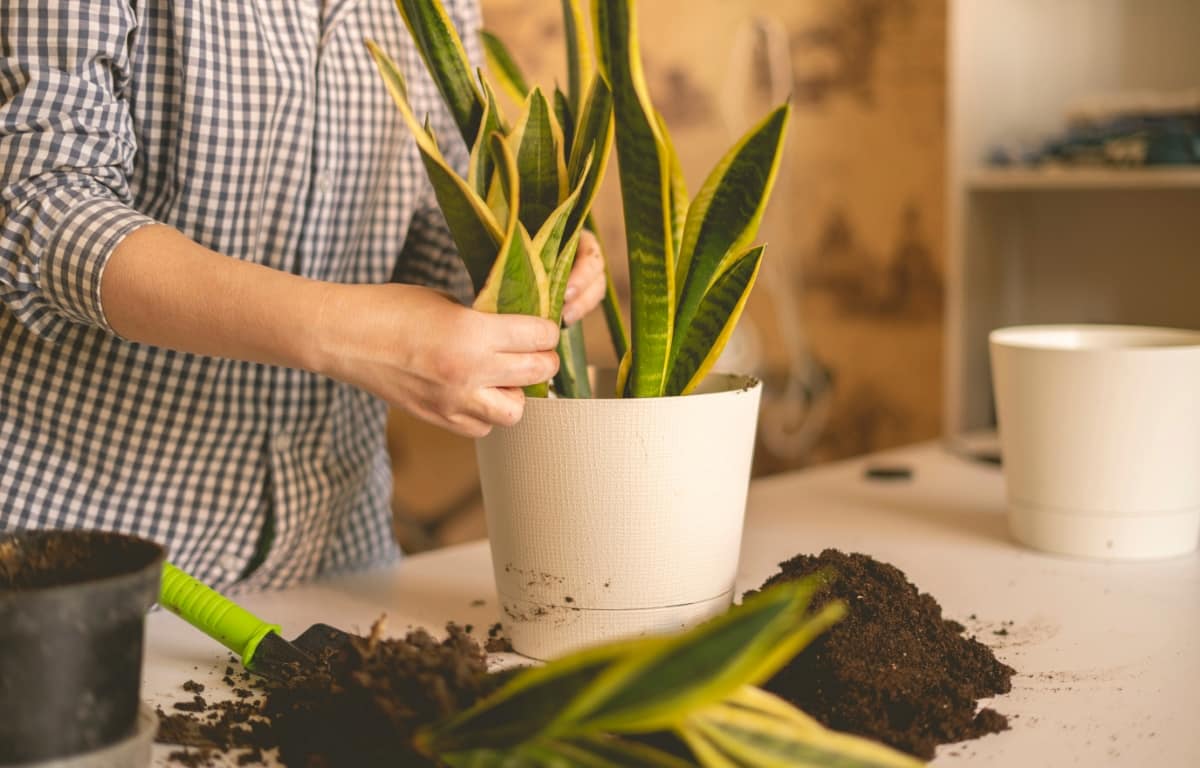
- Choose the Right Fertilizer:
- Opt for a balanced, water-soluble fertilizer with a ratio of 20-20-20 or 10-10-10.
- These fertilizers contain equal amounts of nitrogen (N), phosphorus (P), and potassium (K), which are essential macronutrients for snake plant growth.
- Avoid High Nitrogen Content:
- Refrain from using fertilizers with a higher nitrogen content.
- Excessive nitrogen can lead to rapid foliage growth, making the plants top-heavy and prone to tipping over.
- Application Timing:
- Fertilize snake plants during the growing season, typically from spring to summer.
- Dilute the Fertilizer:
- Dilute the fertilizer according to the package instructions.
- Usually, a rate of 1/4 to 1/2 strength is recommended.
- Application Technique:
- Slowly pour the diluted solution around the base of the plant.
- Ensure it reaches the root zone without getting on the leaves (to prevent leaf scorching).
- Thoroughly Water After Fertilizing:
- Water the plant thoroughly after applying the fertilizer.
- This helps distribute nutrients evenly and prevents salt buildup in the soil.
- Follow Manufacturer’s Instructions:
- Always adhere to the guidelines provided by the fertilizer manufacturer.
- Avoid over-fertilizing, as excessive nutrients can harm the plant’s roots.
The following table explain appropriate fertilizers for snake plants and application guidelines:
| Fertilizer Type | N-P-K Ratio | Application Frequency | Application Rate (per gallon of water) | Best Time to Apply |
|---|---|---|---|---|
| 1. Balanced Liquid Fertilizer | 10-10-10 | Monthly | 1/4 to 1/2 strength during growing season | Spring and Summer |
| 2. Succulent Fertilizer | 2-7-7 | Every 6-8 Weeks | Dilute to half-strength during active growth | Spring and Summer |
| 3. Granular Slow-Release | 14-14-14 | Every 2-3 Months | 1 tablespoon per square foot of soil | Spring and Summer |
| 4. Organic Fertilizer | Varies | 2-3 Times Annually | Follow package instructions | Spring and early Fall |
Remember these points to keep your snake plant healthy and thriving! 🌱🪴
Having used Miracle-Gro Water-Soluble All Purpose Plant Food, I’m impressed by its effectiveness in promoting healthy growth and vibrant blooms. Its easy-to-use water-soluble formula makes application a breeze, and I’ve noticed visible improvements in my plants’ vitality shortly after feeding. While mindful of potential overuse, I appreciate the quick results and versatility it offers, making it a valuable addition to any gardener’s toolkit.
✅ Easy to Use: This plant food is water-soluble, making it simple to mix and apply using a watering can or hose attachment.
✅ Balanced Formula: It contains essential nutrients that promote healthy growth, including nitrogen, phosphorus, and potassium, ensuring vigorous foliage, vibrant blooms, and robust root development.
✅ Quick Results: Plants typically respond quickly to Miracle-Gro, showing visible improvements in growth and vitality within a short period after application.
✅ Trusted Brand: Miracle-Gro is a well-known and reputable brand with a long history of producing high-quality gardening products.
❌ Potential Overuse: Care must be taken to follow application instructions carefully to avoid over-fertilization, which can harm plants and contribute to environmental pollution.
❌ Regular Application Needed: To maintain optimal plant health, regular applications of Miracle-Gro may be necessary, which could become costly over time.
❌ Environmental Impact: The production and use of synthetic fertilizers like Miracle-Gro can have negative environmental effects, such as nutrient runoff into waterways.
❌ Not Suitable for All Plants: While versatile, Miracle-Gro may not be suitable for all plant species or in certain growing conditions, requiring careful consideration before application.
Snake Plant Propagation Techniques
:strip_icc()/BHG-gardening-houseplants-care-propagate-snake-plant-root-cuttings-b4682a6ced5745b6a871de4bfcf2f446.jpg)
Snake plants are highly versatile when it comes to propagation methods, making it easy for plant enthusiasts to create new plants from their existing ones.
division
One common method is division, wherein the mature plant is gently removed from its container and carefully separated into smaller sections. Each section should have a healthy root system and at least a few leaves. These divisions can then be potted separately, allowing them to develop into independent plants.
leaf cuttings
Another method of propagation for snake plants is through leaf cuttings. This involves cutting a healthy leaf into several sections, with each section being about two inches long. The cuttings should be allowed to dry for a day or two before being planted in a well-draining potting mix. With time, these cuttings will develop roots and eventually grow into new snake plants. It’s important to note that leaf cuttings may take longer to establish compared to divisions, so patience is key.
Snake Plant Pests and Diseases
Spider mites and root rot are common pests and diseases that can adversely affect snake plants.
Spider mites

Spider mites, tiny insects that thrive in dry conditions, often infest the plant’s leaves, causing visible damage such as yellowing and the formation of fine webs. To address this issue, it is crucial to regularly inspect the plant and take preventive measures such as misting the leaves, increasing humidity, and wiping them down to remove any lingering mites. In severe cases, applying an insecticidal soap may be necessary to control the infestation.
Root rot
Root rot, on the other hand, is a fungal disease that occurs when the plant’s roots are consistently overwatered or if there is improper drainage in the pot. This condition can cause the roots to become mushy and discolored, ultimately leading to the deterioration of the entire plant. To prevent root rot, ensure that the snake plant is potted in well-draining soil and a container with drainage holes. Additionally, be mindful of the watering schedule, allowing the top few inches of soil to dry out before watering again. If root rot is suspected, it is crucial to remove the affected parts of the plant and adjust the watering routine to prevent further damage.
The following table explain common pests and diseases in snake plants:
| Pest/Disease | Symptoms | Prevention/Treatment | Severity Level (1-5) |
|---|---|---|---|
| 1. Spider Mites | – Webbing on leaves, stippling, yellowing. | – Regularly mist leaves to increase humidity. | 3 (Moderate) |
| – Visible tiny mites on leaf undersides. | – Insecticidal soap or neem oil application. | ||
| 2. Root Rot | – Yellowing leaves, mushy and dark roots. | – Well-draining soil and pots with drainage holes. | 2 (Low) |
| – Foul smell emanating from the soil. | – Reduce watering frequency, allow soil to dry between waterings. |
Pruning and Maintenance: Learn how to prune and maintain snake plant
Pruning is an essential aspect of maintaining the health and appearance of snake plants. Regular pruning can help control the size of the plant and promote new growth.
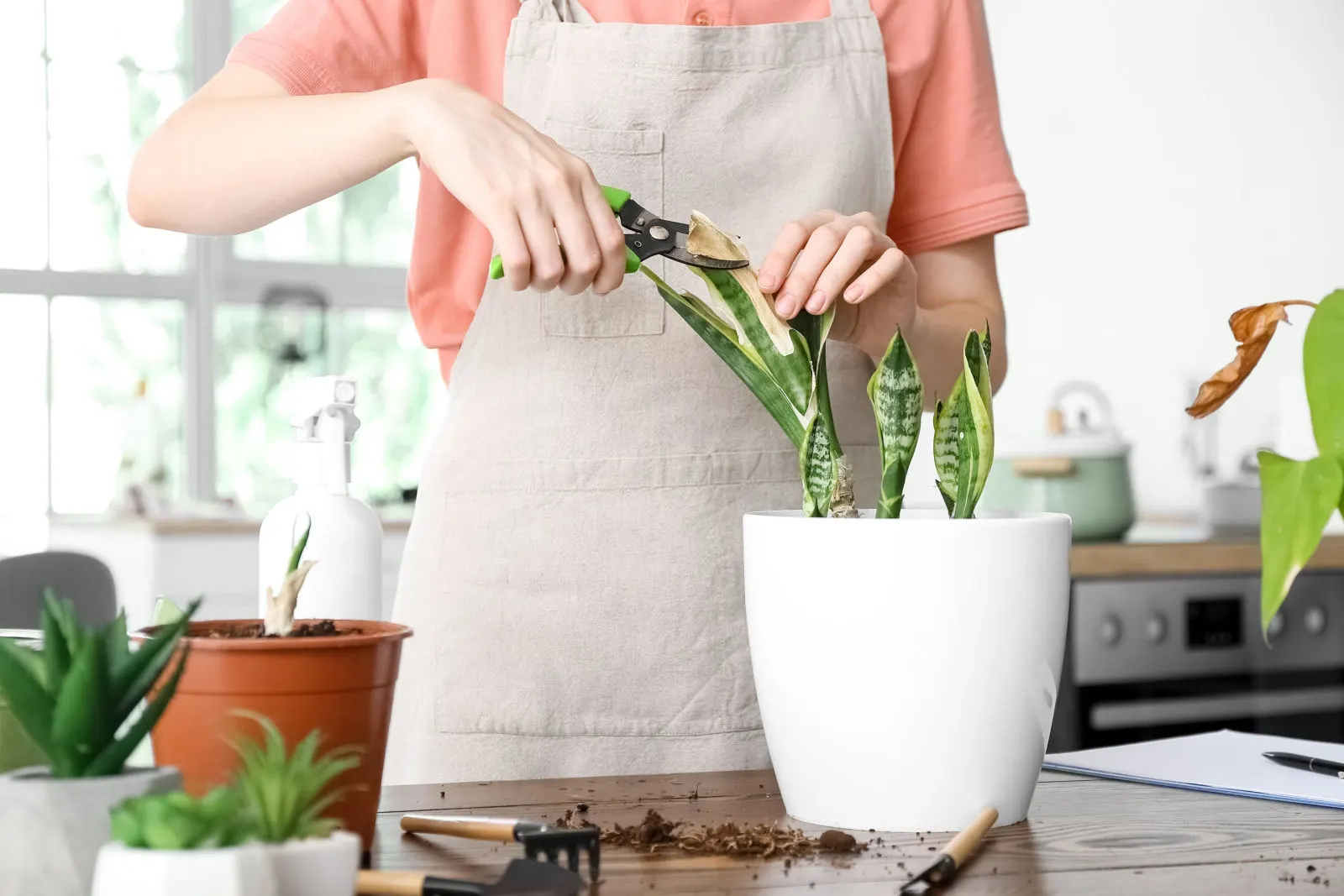
- Pruning Snake Plants:
- Use sharp, clean tools to prevent disease spread.
- Start by removing dead or yellowing leaves at the base of the plant.
- Trim leaves back to the desired length, cutting at an angle to prevent water pooling on the cut surface.
- Remove any damaged or diseased leaves to prevent further issues.
- Maintenance Tips:
- Dust the Leaves: Regularly dust the leaves with a soft cloth or brush to remove buildup and enhance photosynthesis.
- Check Soil Moisture: Water when the top few inches of soil are dry to avoid overwatering.
- Light Requirements: Snake plants tolerate low light but thrive in bright, indirect sunlight.
With proper care, your snake plants will continue to thrive and add greenery to your space! 🌱🪴
Troubleshooting Common Issues in Snake Plant Maintenance
Snake plants are known for their resilience, but occasional issues may arise. Here’s a troubleshooting guide to address common maintenance challenges:
Yellowing Leaves:
- Overwatering: Allow the soil to dry out between waterings and adjust watering frequency.
- Low Light: Move the plant to a brighter location with indirect sunlight.
- Pot Size: Ensure the pot isn’t too large, as excess soil can retain moisture, leading to root rot.
Brown Tips on Leaves:
- Dry Air: Increase humidity around the plant by misting its leaves or using a humidifier.
- Water Quality: Use filtered or distilled water to avoid mineral buildup, which can cause leaf tip burn.
- Overfertilization: Reduce fertilizer frequency or dilute the concentration to prevent fertilizer burn.
Root Rot:
- Overwatering: Adjust watering practices to prevent waterlogged soil.
- Poor Drainage: Ensure the pot has drainage holes and use a well-draining soil mix.
- Trim affected roots and repot the plant in fresh soil if necessary.
Pest Infestations:
- Spider Mites: Treat infested leaves with a solution of neem oil and water, or insecticidal soap.
- Mealybugs: Remove mealybugs manually with a cotton swab dipped in rubbing alcohol.
- Scale Insects: Use a soft brush or cloth to remove scale insects, or apply horticultural oil.
Stunted Growth:
- Nutrient Deficiency: Fertilize the plant with a balanced, diluted fertilizer to provide essential nutrients.
- Crowded Roots: Repot the plant into a slightly larger container to allow for root expansion.
Wilting or Drooping Leaves:
- Underwatering: Ensure the plant receives adequate water, especially during warmer months.
- Insufficient Light: Move the plant to a brighter location with indirect sunlight.
- Temperature Extremes: Avoid exposing the plant to drafts or extreme temperatures.
Regular monitoring and prompt intervention can help maintain the health and vitality of your snake plant, ensuring it thrives for years to come.
Watch video for more information:
FAQ
How often should I water my snake plant?
Snake plants should be watered only when the top inch of soil feels dry. Typically, this is about once every 2-3 weeks, but it may vary depending on factors such as temperature and humidity.
How do I prevent overwatering my snake plant?
Overwatering can be harmful to snake plants, so it is important to ensure proper drainage in the pot. Use a well-draining soil mix and avoid letting the plant sit in water for extended periods. Allow the soil to dry out between waterings.
What type of soil is best for snake plants?
Snake plants prefer well-draining soil. A combination of potting mix, perlite, and sand can be used to create a suitable soil mix. Avoid using heavy, clay-based soil as it can retain too much moisture.
How should I fertilize my snake plant?
Snake plants typically require minimal fertilization. Use a balanced, water-soluble fertilizer diluted to half strength and apply it during the growing season (spring and summer) once every 2-3 months. Avoid over-fertilizing, as it can lead to nutrient burn.
Can I propagate my snake plant? If so, how?
Yes, snake plants can be easily propagated through various methods. These include division, leaf cuttings, and rhizome division. Each method has its own steps and requirements, so it is important to research and follow the specific instructions for the chosen propagation method.
What are some common pests and diseases that can affect snake plants?
Snake plants are generally resistant to pests and diseases. However, common issues include spider mites, mealybugs, and root rot. Regularly inspect your plant for signs of pests or diseases and take appropriate measures to treat them, such as using insecticidal soap or adjusting watering habits.
How do I prune and maintain my snake plant?
Pruning snake plants is generally not necessary unless there are dead or damaged leaves. Simply remove those leaves by cutting them off at the base. Regular maintenance involves wiping leaves to remove dust, checking for pests or diseases, and providing proper watering and lighting conditions for optimal growth.

Studied Agricultural Engineering-Plant Protection at University of California, Davis.
Head of Content writing team at Southelmontehydroponics.com

